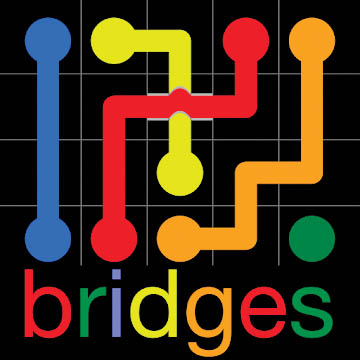Share this page
By Stefan Dubowski

If you're looking for an immersive, engaging way to teach students about war and resistance, this might be just the tool. It's a trifecta of an app — part story, part history and part game. Players join a resistance group in Germany in 1933 as the Nazis rise to power. The crew plans missions to fight back, delegating tasks to team members based on skills. Play in Resistance mode to strategize and use your resources; play in Story mode to watch how it all unfolds. A good companion to Grade 11 World History Since 1900: Global and Regional Interactions.
DEVICE: Apple, Android
SOURCE: Apple App Store ($9.99), Google Play ($9.99)
RATING: 12+, Teen

What's it like to have the world in your hand? Ask a child playing this exploration game and they'll probably say it's awesome because they get to dig into how the planet works: how it's changed through the four geologic eons, how weather and erosion modify the landscape, and what's going on underground during an earthquake. It fits well with understanding Earth systems, one of the elementary curriculum strands. The Earth is number five in Tinybop's Explorer's Library — 11 interactive models on topics such as plants, simple machines and the human body.
DEVICE: Apple, Android
SOURCE: Apple App Store ($3.99), Google Play ($2.99)
RATING: 4+, Everyone

Can you connect the dots? Of course you can! But understand it may not be as easy as it sounds. This puzzle seems simple at first: all you have to do is draw "pipes" between same-coloured dots, using the handy "bridge" on the screen to help. But the more you play, the harder it gets, testing perseverance and problem-solving. It's especially good for elementary students, tying in with two math curriculum strands: geometry and spatial sense. Students who blast through levels in no time may be ready for the more-challenging original Flow Free (no bridge).
DEVICE: Apple, Android
SOURCE: Apple App Store (free), Google Play (free)
RATING: 4+, Everyone